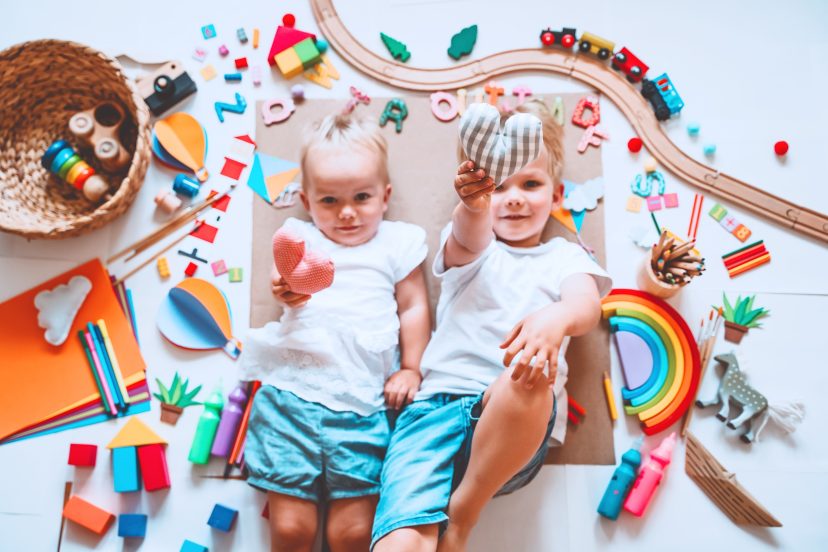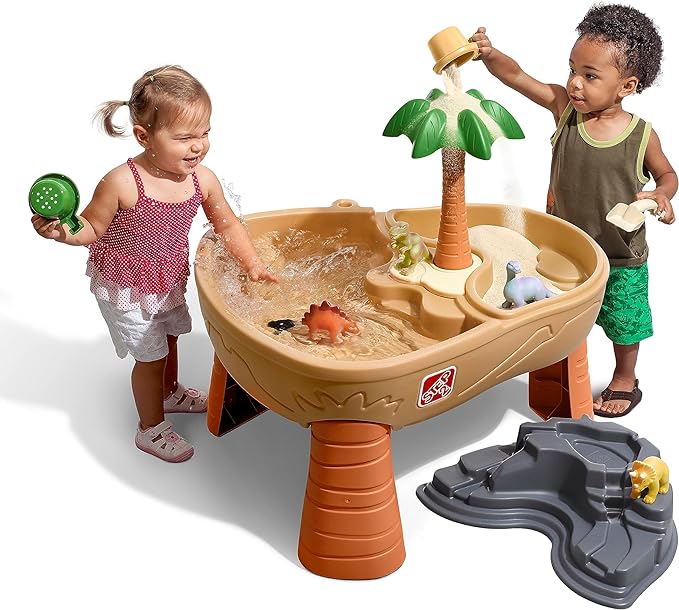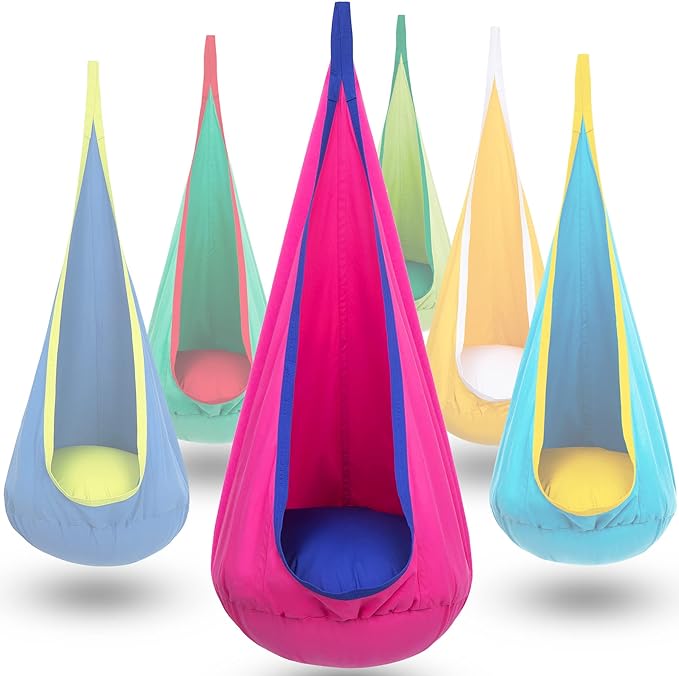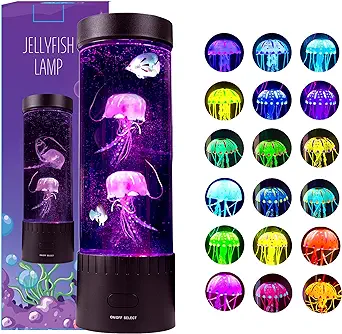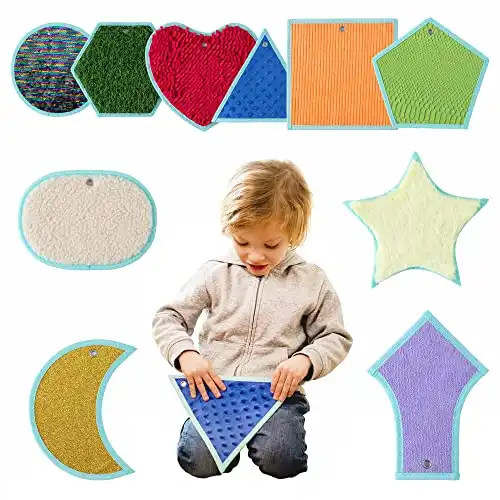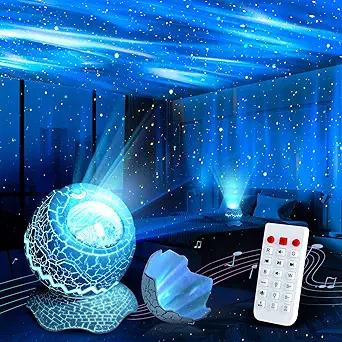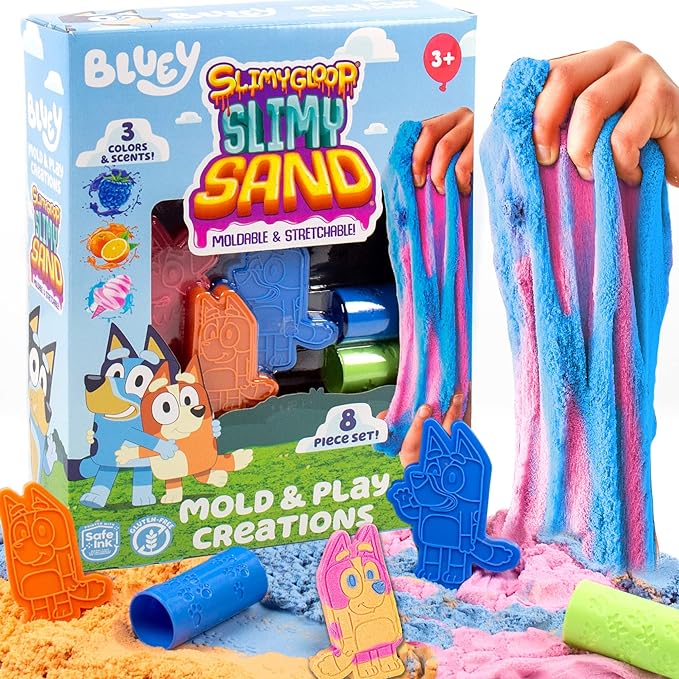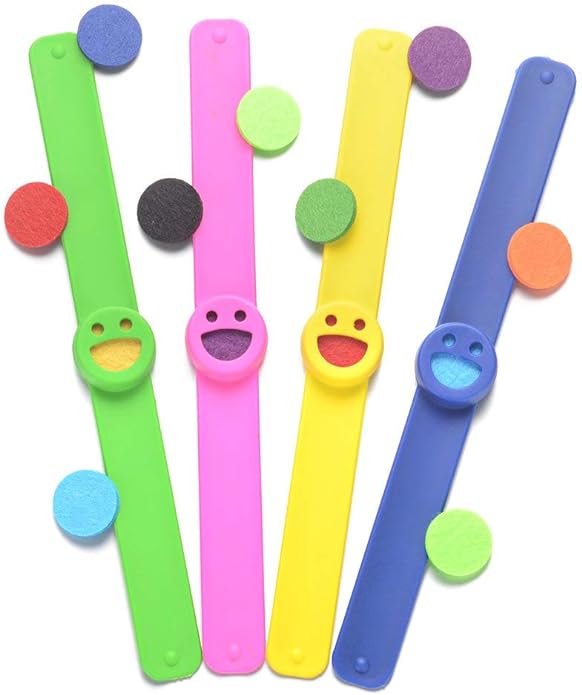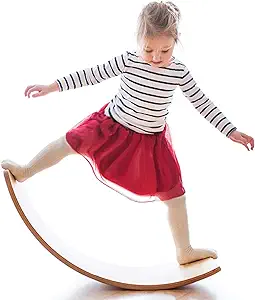Sensory Room Equipment: Enhancing Development Through Sensory Play
As someone deeply passionate about child development, I can’t emphasize enough the wonders of sensory rooms. They are magical spaces where children can explore, learn, and grow through the power of sensory play. Today, I’ll take you through the essentials of setting up a sensory room and why each piece of equipment can be a developmental game-changer.
What is a Sensory Room?
Imagine a room where every corner, every item is a new adventure; a place where lights, sounds, and textures intermingle to create an immersive learning experience. That’s a sensory room: a dedicated environment designed to stimulate the senses and promote educational and developmental growth.
The Importance and Benefits of Sensory Play in Child Development
Sensory play isn’t just fun and games; it’s critical for brain development. It helps children develop cognitively, linguistically, socially, emotionally, physically, and creatively. It also supports the development of nerve connections in the brain’s pathways, which is why I advocate for sensory room equipment in all spaces where children learn and play.
From birth through early childhood, children use their senses to explore and make sense of the world around them. It is through sensory play that children can answer their innate questions like “What happens when I do this?” This form of play is crucial because it helps to develop nerve connections within the developing brain’s neural pathways, which are essential for a child’s ability to complete more complex learning tasks.
Sensory play supports language development, cognitive growth, fine and gross motor skills, problem-solving skills, and social interaction. It is particularly effective in calming anxious or frustrated children. This is why incorporating a range of sensory room equipment in early learning environments is so valuable.
For instance, playing with sand or a water table involves scooping, pouring, sifting, and digging. These activities enhance fine motor skills while also teaching children about the concepts of full and empty, heavy and light, and cause and effect.
Engaging with different textures and materials can also lay the groundwork for learning to categorize and classify objects based on their physical properties; an essential skill in science and mathematics
Lastly, sensory play is foundational for the development of the most intricate cognitive task of all: social skills. Through play, children learn to share, negotiate, and plan. They develop an understanding of others and learn to read and use non-verbal cues. Sensory play can, therefore, be a conduit for children to build empathy and understanding, learning to engage and play with others in a complex world.
Sensory Room Equipment: The Basics
These fundamental items; from calming lights to engaging textures, create a nurturing space for development and discovery. Let’s delve into the essential equipment that makes a sensory room both functional and magical.
Comfortable Seating Options
Comfort is key in a sensory room. We want our kids to feel safe and relaxed. Bean bags, foam chairs, and even hammocks can serve as perfect seating options that invite children to settle in and engage with their surroundings.
These portable pod swings can be suspended from concrete ceilings, wooden ceilings, hammock stands, and trees.
The Role of Lighting and Visual Stimuli
Lighting sets the mood. Soft, dimmable lights, LED strips, and lava lamps can transform the room into a calming sea or a starry night sky, providing visual stimulation that can be both calming and educational.
Tactile Experiences: Textures and Surfaces
Textures provoke curiosity. From smooth to rough, bumpy to slippery; a variety of surfaces can encourage tactile exploration. These experiences are not just delightful but are also crucial for fine motor development and sensory processing.
These sensory textured shapes will your kids entertained and their senses stimulated with different textures and vibrant colors. Children can play and relax in a secure and interactive tactile environment with these sensory mats
Auditory Equipment: Sounds that Soothe and Stimulate
The auditory aspect of a sensory room can’t be overlooked. The gentle hum of a sound machine or the soft jingle of chimes can be profoundly soothing for children. It’s all about creating a soundscape that can either calm the senses or stimulate auditory learning.
Choose one with a projector for an extra claming effect.
Musical Instruments and Sound Machines
Consider Incorporating musical instruments like drums, xylophones, or even a simple shaker into the sensory room. These can empower children to create their own auditory experiences.
This set comes with 1 tambourine, 2 castanets, 2 hand bells, 1 flute, 1 wood sounder with stick, 2 cymbals, 2 sleigh bells, 1 bell stick and 1 triangle with a striker.
Stimulate the Olfactory Senses
When it comes to sensory room equipment, the senses of smell are often underrepresented in, yet they hold a powerful influence over emotions and memories. There are a multitude of products that can stimulate your childs sense of smell and be fun at the same time.
This Bluey Sand Mold & Play Creations Set includes 3 packets of different colored sensory sand, each bursting with yummy scents, including blue raspberry, orange, and cotton candy.
Integrating Aromatherapy
Aromatherapy can be used to either energize or relax. Essential oil diffusers can introduce scents like lavender for a calming effect or citrus for an energizing boost. They even make Essential Oil Diffuser Bracelets which kids LOVE and can be carried around with them at all times.
Liquid Sensory Floor Activity Tiles
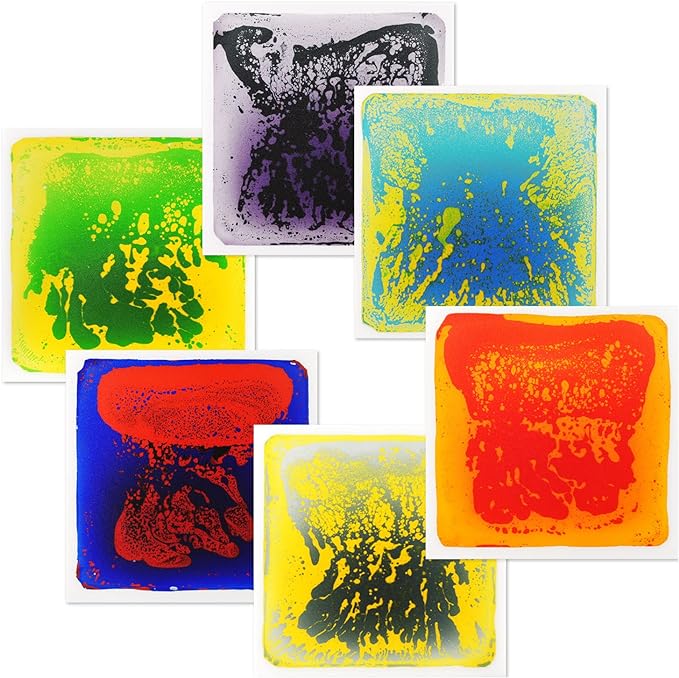
The liquid and floating objects inside the tiles create mesmerizing visual effects when touched, stepped on, or pressed. Kids can enjoy watching the colorful liquid and objects shift and swirl, enhancing their sensory experience
No installation required – These Liquid floor tiles can be placed on any surface and don’t require any adhesive or glue, offering a wide range of placement options
Proprioceptive and Vestibular Equipment
The proprioceptive and vestibular systems are all about movement and balance, which are crucial for body awareness and emotional regulation. Swings, balance beams, and wobble boards can be excellent additions.
They support motor skills, coordination, and help children understand their body’s position and movement in space.
Climbing and Crawling Structures
Structures that encourage climbing and crawling can help strengthen muscles, improve coordination, and offer a sense of adventure and achievement. There are various indoor climbing gyms that are pefect for sensory rooms and are also in line with the Montessori style of learning.
Sensory Room Equipment on a Budget
Find and using sensory room equipment doesn’t have to break the bank. There are numerous ways to build an engaging, multi-sensory room on a budget. Here are some ideas:
Use Everyday Items: You can easily create sensory experiences from items you already have. Fill bottles with rice or beans for homemade shakers, create texture boards with different fabrics, and use pillows and blankets to create soft areas.
DIY Sensory Bins: A sensory bin can be as simple as a container filled with sand, water, rice, or dry pasta. You can hide objects inside for a fun, sensory scavenger hunt that enhances tactile exploration.
Upcycle and Repurpose: Take old furniture and transform it into a sensory stations. For example; try strategically placing a mirror to reflect light and create visual stimulation.
Natural Elements: Incorporate elements from nature, like rocks, leaves, pinecones, and twigs. These provide a variety of textures and smells and are typically free.
Thrift Shopping: Second-hand stores can be treasure troves for affordable sensory room equipment, from lamps and rugs to toys and musical instruments.
Craft Your Own Soft Play: Use foam and fabric to create your own soft play areas, which can be significantly cheaper than buying pre-made equipment.
Borrow and Exchange: Create a network of parents and educators where you can borrow or exchange sensory equipment to keep the sensory room fresh and engaging without constantly purchasing new items.
Final Words From Me: The Lasting Impact of Sensory Rooms
The magic of a sensory room lies in its ability to offer a bespoke learning and development space for children. By carefully selecting and implementing various sensory equipment, you can create an oasis of exploration that caters to a myriad of needs. The goal is to create an engaging, safe, and adaptable environment that will stand the test of time and development.
FAQs
Q: What is the most important piece of equipment in a sensory room?
A: While all equipment plays a vital role, the most important aspect is ensuring that the equipment is tailored to the individual needs of the child. Flexibility and adaptability are key.
Q: How often should sensory room equipment be updated or replaced?
A: Regular checks should be made for wear and tear. Update & replace old equipment and try to refresh the room with new stimuli to maintain interest and engagement.
Q: Can sensory rooms be beneficial for adults as well?
A: Absolutely, sensory rooms can provide therapeutic benefits for adults, particularly those with sensory processing disorders, dementia, or stress-related conditions.
Q: What are some sensory room equipment ideas for limited spaces?
A: Focus on multipurpose items like mats with various textures, wall-mounted activities, and foldable items that you can easily store.
Q: How can I measure the effectiveness of a sensory room?
A: Feedback from users and caregivers can help measure the sensory room’s impact on the users’ development and well-being.

